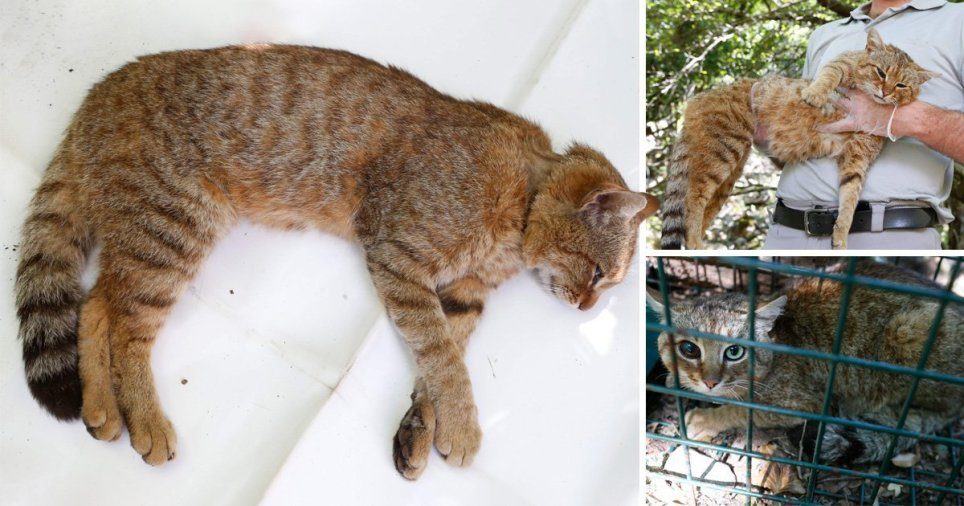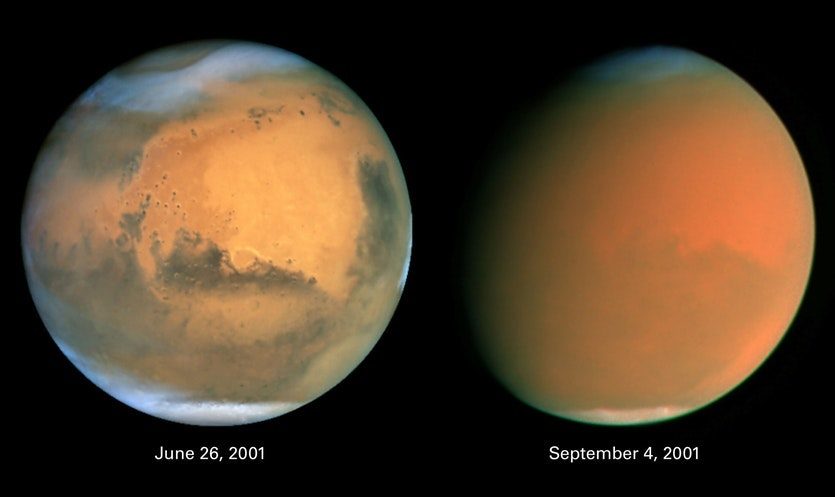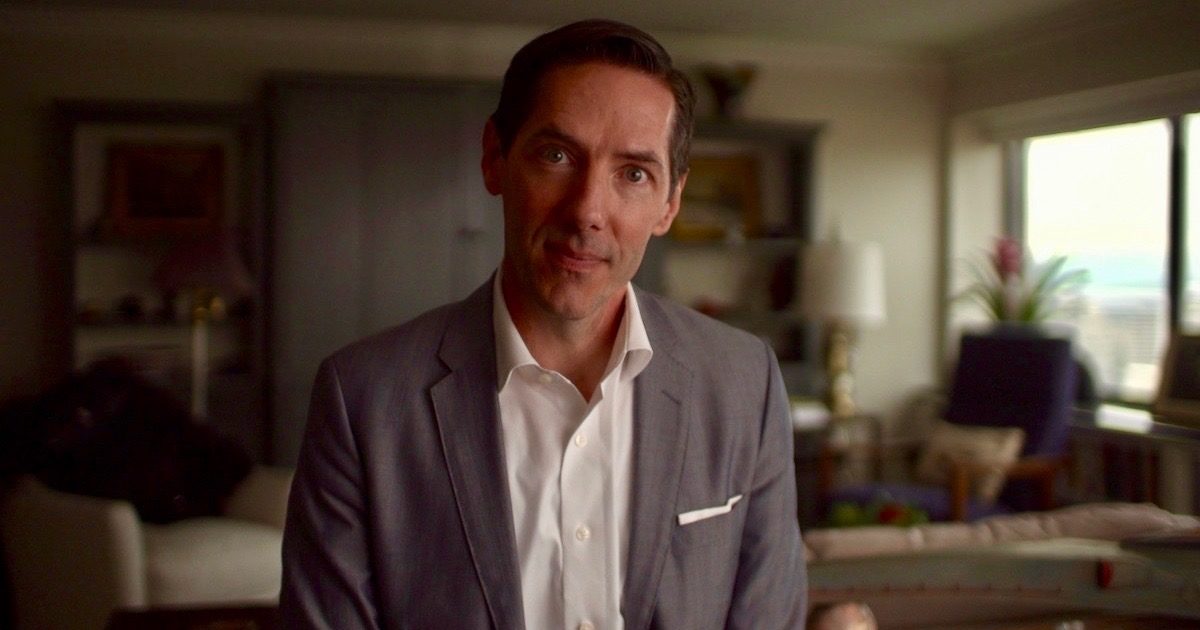
The research, published in the journal Science, shows that our sense of self and the desire to help others are sometimes more powerful than self-interest.
The Scottish philosopher Adam Smith placed self-interest at the heart of human behaviour in his 1776 work The Wealth of Nations.
Classical economics still holds that rational self-interest is the key to economic activity and will, as a by-product, generate social benefits; but such assumptions don't always lead to accurate predictions about human behaviour.
Alain Cohn and Christian Lukas Zünd of the University of Michigan, in the US, Michel André Maréchal of the University of Zurich, in Switzerland, and David Tannenbaum, of the University of Utah, Salt Lake City, in the US have carried out a series of studies that show self-interest is only part of the picture.
The team set out to see if "people act more dishonestly when they have a greater economic incentive to do so". This is the prediction from classic economic models based on rational self-interest, which "suggest that, all else equal, honest behaviour will become less common as the material incentives for dishonesty increase".
Our understanding of honesty, up until now, has largely come from laboratory work, but exactly how these results translate to real world activity has been far from clear.












Comment: See also: Cat cognition: Cats rival dogs on many tests of social smarts. But is anyone brave enough to study them